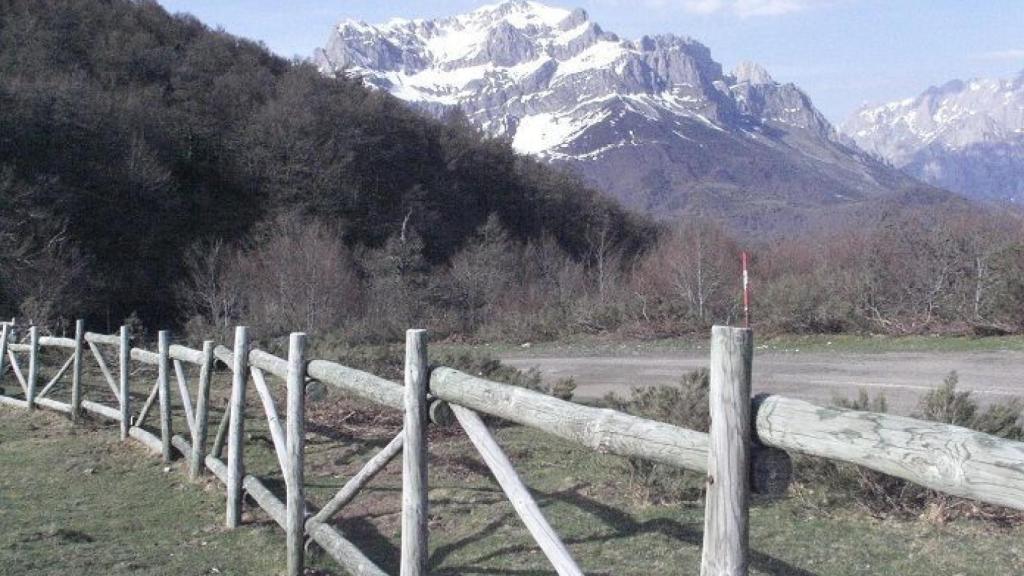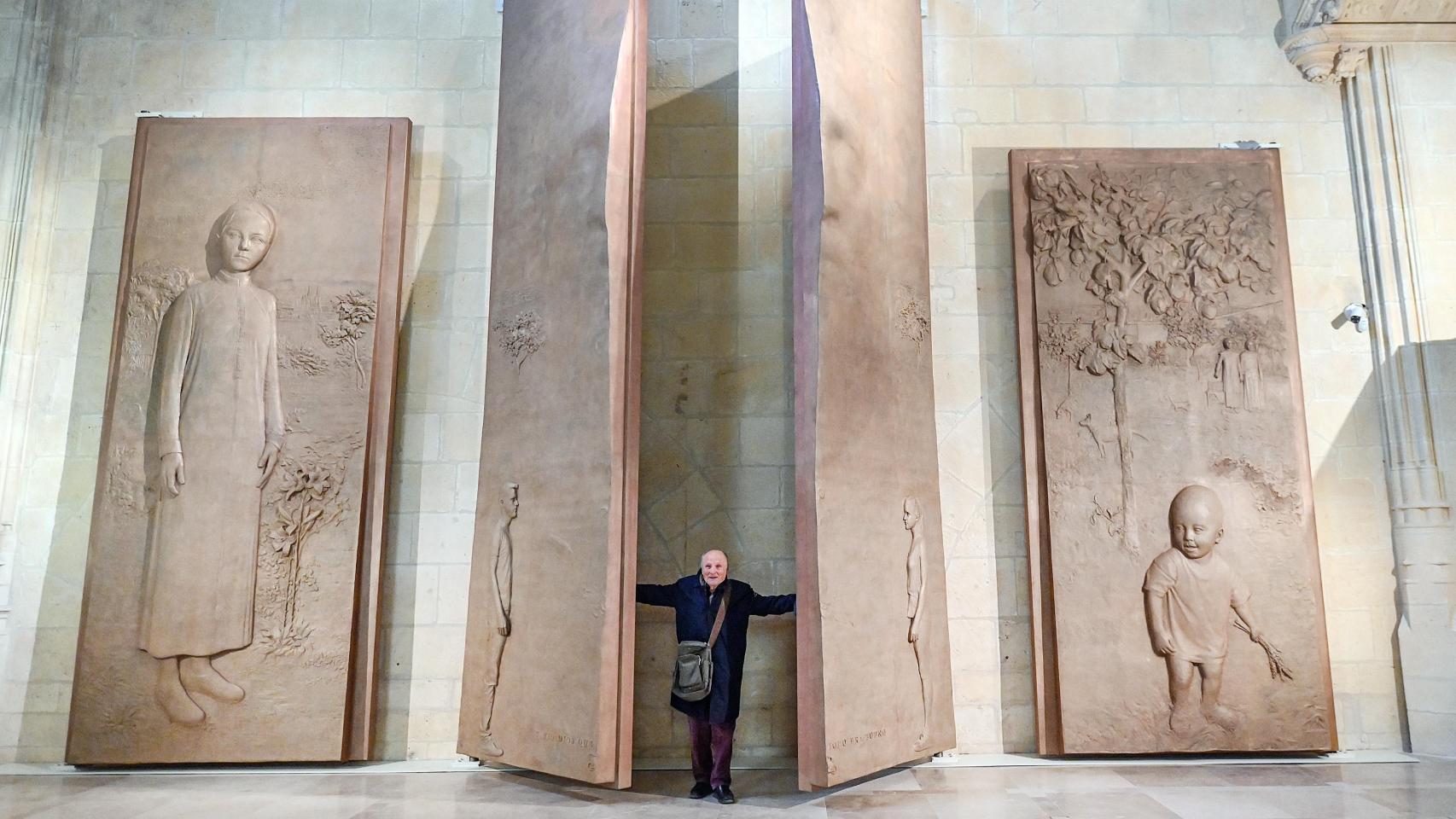
Castilla y León
El conjunto montañoso septentrional suele dividirse en tres zonas:
Montaña Oriental
La integran los Picos de Europa, donde se hallan las cotas más altas de la provincia. Parajes de gran belleza son los valles de Valdeón y Sajambre, la Garganta del Cares y la Reserva de Mampodre. Alberga algunas de las últimas colonias de osos pardos europeos. Núcleos importantes son Posada de Valdeón, Puebla de Lillo, con castillo del XV, y Riaño, con magníficos espacios naturales en torno al embalse. Prioro cuenta con un museo etnográfico rural.
Montaña Central
Es territorio de bellos paisajes y abundante fauna y flora de montaña, con atractivos como la Cueva del Valporquero, de un kilómetro de recorrido sobre un antiguo cauce fluvial, las Hoces de Vegacervera y el Valle del Curueño. Núcleos importantes son Boñar, La Robla, La Pola de Gordón y Vegacervera.
Montaña Occidental
Ofrece desfiladeros, suaves valles y grandes embalses. Destacan las lagunas Grande de Babia y de las Verdes, el valle de San Emiliano y las comarcas de Babia y Luna. Núcleos de población importantes son Los Barrios de Luna, donde puede visitarse el Museo del Pastor, Cabrillanes, San Emiliano, Villablino, y Riolago de Babia, que cuenta con el palacio renacentista de los Quiñones, construcción solariega del XVI.
Sierra de Ancares
Con frondosos valles de robles y castaños y abundante fauna, protege por el Norte la fosa de El Bierzo. Algunas aldeas conservan muestras de pallozas. En Vega de Espinareda se halla el monasterio de San Andrés, y en Balboa existe un castillo.
Sierra de La Cabrera
Situada en los límites de Orense y Zamora, es territorio de alta montaña, con espacios naturales como los lagos de la Baña y Truchillas.
The mountains of Leon ascend in three different points: the Cantabria Range in the north, the Ancares Range in the northwest and the La Cabrera Range in the south.
The northern mountainous formation is usually divided into three areas:
Eastern Mountains
It is made up of the Picos de Europa, where we find the highest peaks in the province. Landscapes of great beauty are the valleys of Valdeon and Sajambre, the Gorge of Cares and the Mampodre Reserve. It shelters some of the last colonies of European brown bears. Important towns are Posada de Valdeon, Puebla de Lillo, with a 15th century castle, and Riaño, with impressive natural spaces around the dam. Prioro has a rural ethnographic museum.
Central Mountains
It is a district of beautiful landscapes and abundant mountain fauna and flora, with attractions such as the Cave of Valporquero, with an extent of a kilometre along the course of an old river, the Hoces de Vegacervera and the Valley of Curueño. Important towns are Boñar, La Robla, La Pola de Gordon and Vegacervera.
Western Mountains
It has cliffs, delicate valleys and large dams. Striking are the Big Babia and Green lagoons, the San Emiliano valley and the districts of Babia and Luna. Important population centres are Los Barrios de Luna, where we can visit the Shepherd's Museum, Cabrillanes, San Emiliano, Villablino and Riolago de Babia, which has the renaissance palace of the Quiñones, ancestral 16th century construction.
Sierra de Ancares
With lush valleys of oaks and chestnuts and abundant wildlife, it protects in the North the Bierzo valley. Some villages preserve examples of pallozas, traditional round stone and straw homes. In Vega de Espinareda we find the monastery of San Andres, and in Balboa there is a castle.
Sierra de La Cabrera
Situated on the limits with Zamora and Orense, this is a high mountain territory, with natural spaces such as the lakes of Baña and Truchillas.



